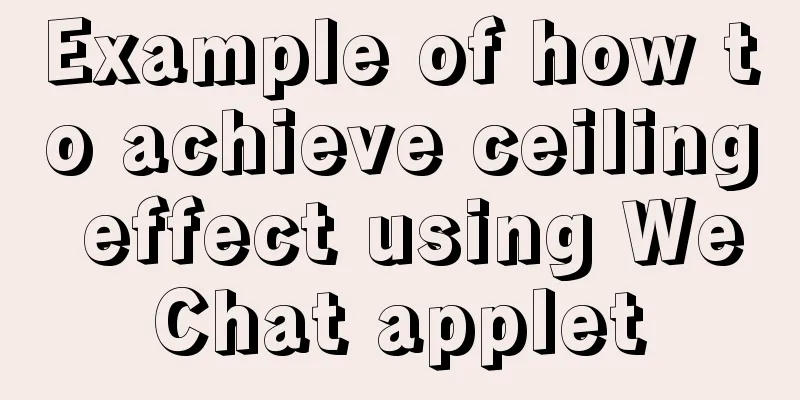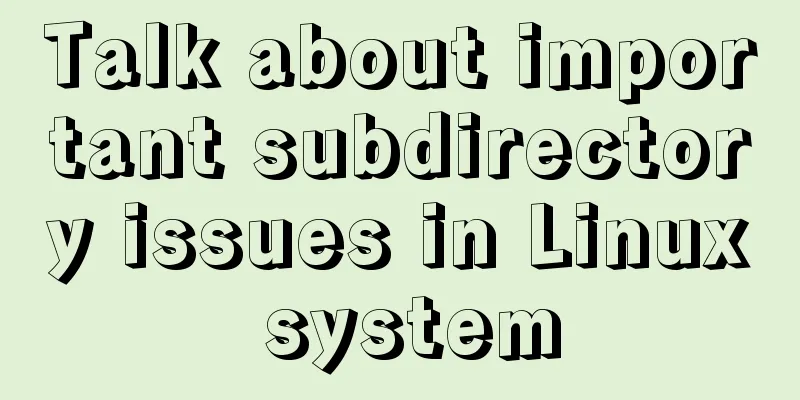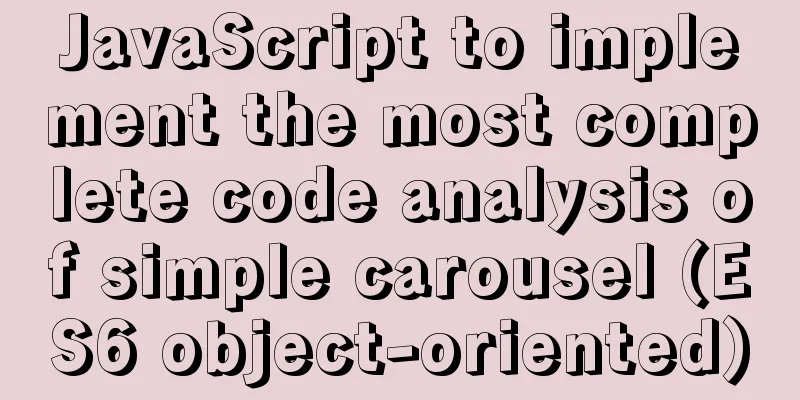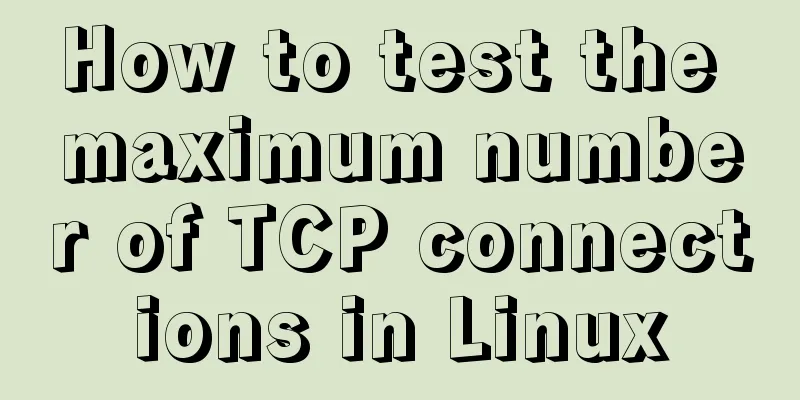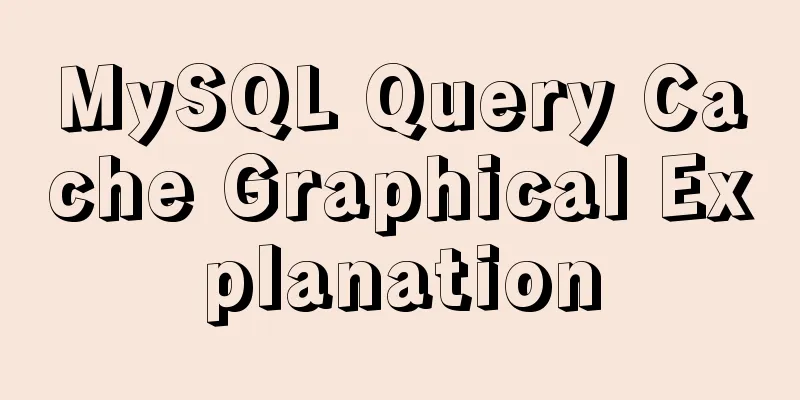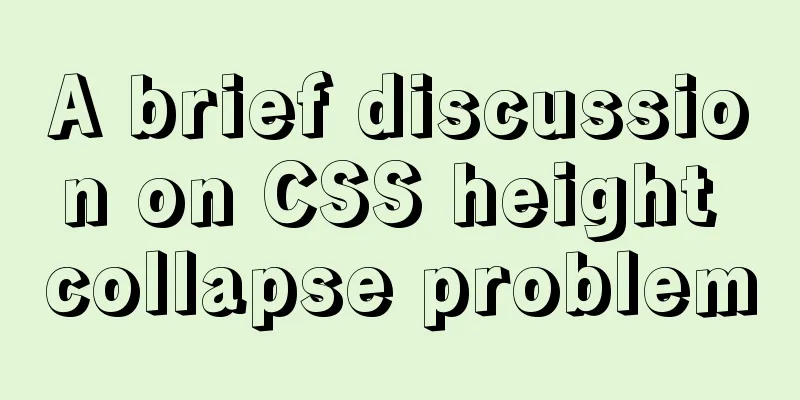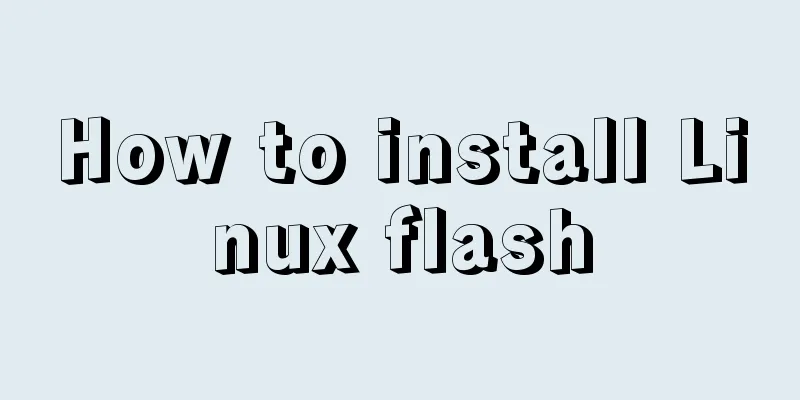How to prompt and open hyperlink a
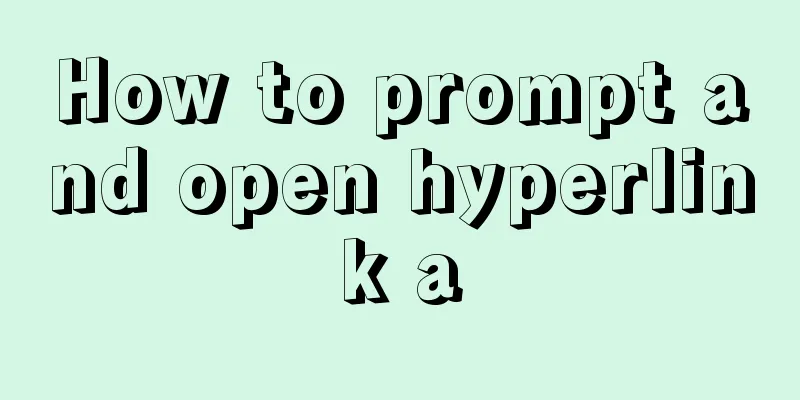
|
<br />The countless information on the Internet is essentially made up of HTML documents, which are linked together to form the entire Internet. This is just like bones and flesh to the human body. Only through meridians can they be connected in series to form a complete human body. The <a /> tag may seem like the most basic, but it is a vital and indispensable tag in HTML documents. This <a /> tag is a link between pages and acts as a bridge. This bridge appears in various ways on the page. Different websites decorate it in different ways, but the ultimate goal is the same - to give users a more intuitive and user-friendly link prompt. The <a /> tag can be set in different prompt modes and different opening modes in HTML documents. This article only makes a simple analysis of these two aspects. More information is welcome. Link prompt: 1. The text is colored and underlined: This is the default link prompt method of the browser, which can clearly tell users where there are links that can be clicked and where there are no links. Many websites use this default link prompt method, such as Sina.com and Sohu.com. However, this type of link prompt is inappropriate in the news list page. The text in the news list page is basically titles, which means they all have clickable links. Since all the text on the entire page has clickable links, it seems completely unnecessary to use this method to prompt the links. Moreover, the entire page is underlined, which will cause serious visual fatigue. This method can be used on content pages with few links to complete the link prompting task. 2. The text is colored but not underlined: This is the link prompt method used by many websites on news list pages. This method is very suitable for news list pages, removing the annoying underline of the entire page. Many websites also use this method in content pages because it highlights the difference between link text and content text. However, in my opinion, this method is not as good as the previous one in content pages. 3. The text has no color and no underline: This is another link prompt method used in the news list page. Since the entire page of text is linkable, it seems that whether the text is colored or not can be ignored, because there is no special meaning, except for using colored text to beautify the page. There are also some websites that use this prompt method in their content pages, such as the content page of PCPOP. This requires moving the mouse over the link text to prompt the linkability by changing the text color and adding an underline. The premise of using this prompt method on the content page is that the link is just an optional accessory to the content page itself; 4. The underline is a dotted line: This is a very special prompt method, which is basically used in pop-up advertising links in content pages. In my opinion, the best way to indicate links is: no underline on the news list page, and underline on the link text on the content page. As for whether the link text should have color, it mainly depends on the design of the page. How to open the link: 1. Jump to current page: This is also the default way to open links in the browser. Compared to popping up a bunch of tabs or browser windows, jumping to the current page is undoubtedly the most concise and comfortable, and naturally it has become the default way to open the browser. However, this is not the case in actual applications. If the link is on the news list page, then jumping to the current page is not a big problem. However, if the link text is on the content page, then jumping to the current page is unreasonable. Jumping to the current page means that the browser will discard the current data. However, the link text on the content page is mixed in the large content. It is a logical connection that gives relevant information about the current text. Users will naturally click to view the relevant information when they read the link text. It is impossible for users to read the entire text and then click the link text to jump. 2. Pop-up page jump: This is the safest and most commonly used way to open a link. This opening method is used for link text in content pages, which can minimize the impact on users' current reading behavior, and provide relevant information to the maximum extent while ensuring the smooth acquisition of information by users; 3. Pop-up display: This opening method is generally used for a brief explanation of the current link text, and of course it is also used for advertising display. The way to open a link has a certain impact on users, but the greater impact comes from the uniformity of the link opening method. The same type of link opening method uses a unified current page jump or pop-up page jump, which at most only affects whether the user can use it smoothly. However, if the same type of link opening method jumps to the current page and then to a pop-up page, it will not give users a sense of smooth operation, but make users feel confused. |
<<: Restart all stopped Docker containers with one command
>>: JavaScript web form function communication full of practical information
Recommend
Vue implements student management function
This article example shares the specific code of ...
js detects keywords in the title and description and replaces or jumps to other pages when found
Keywords General The title cannot contain words l...
How to package the uniapp project as a desktop application
Installing Electron cnpm install electron -g Inst...
Summary of MySql import and export methods using mysqldump
Export database data: First open cmd and enter th...
Solution to prevent caching in pages
Solution: Add the following code in <head>: ...
Architecture and component description of docker private library Harbor
This article will explain the composition of the ...
Detailed tutorial on installing Ubuntu 19.10 on Raspberry Pi 4
Because some dependencies of opencv could not be ...
MySQL code execution structure example analysis [sequence, branch, loop structure]
This article uses an example to describe the MySQ...
Ubuntu 20.04 Chinese input method installation steps
This article installs Google Input Method. In fac...
Summary of the Differences between SQL and NoSQL
Main differences: 1. Type SQL databases are prima...
Alibaba Cloud Centos7 installation and configuration of SVN
1. Install SVN server yum install subversion 2. C...
Detailed explanation of the concepts, principles and common usage of MySQL stored procedures
This article uses examples to explain the concept...
Docker builds CMS on-demand system with player function
Table of contents text 1. Prepare the machine 2. ...
Click the toggle button in Vue to enable the button and then disable it
The implementation method is divided into three s...
Modification of time zone problem of MySQL container in Docker
Preface When Ahhang was developing the Springboot...
